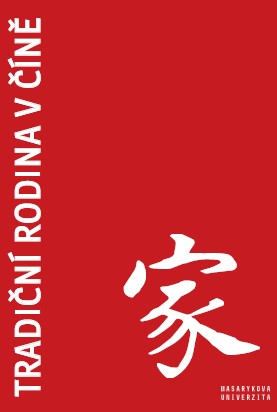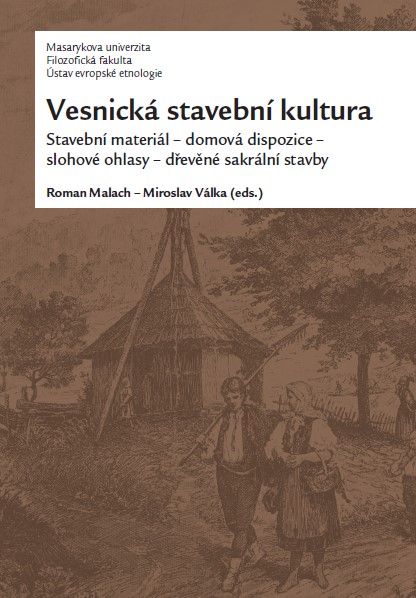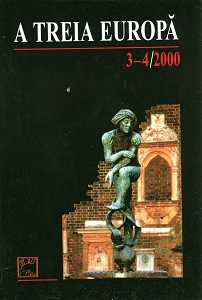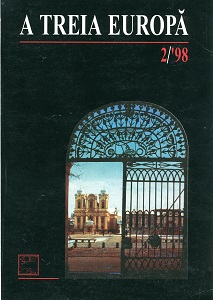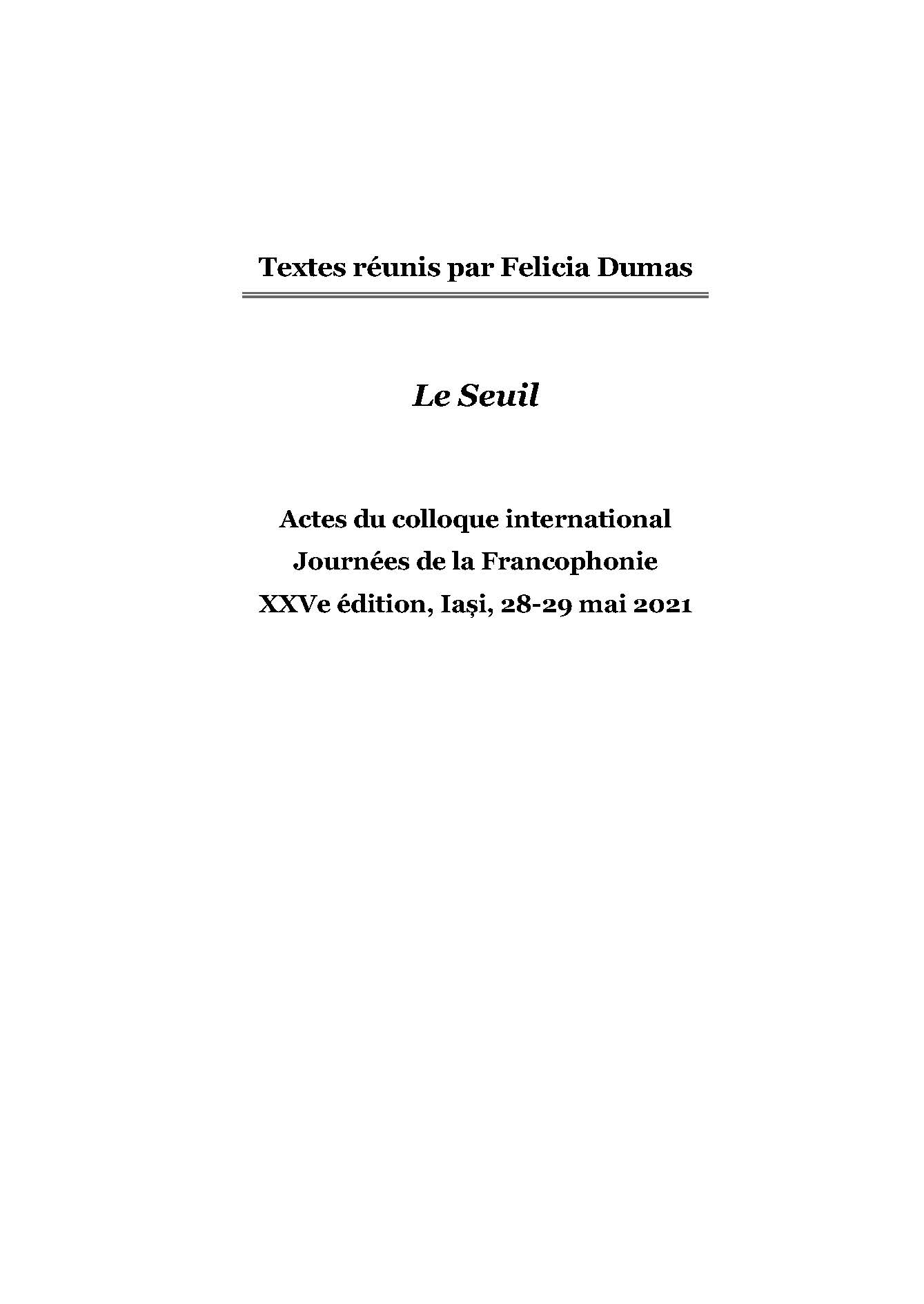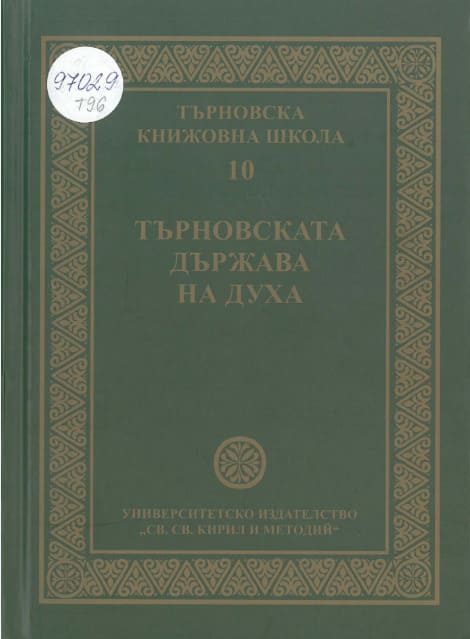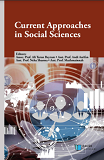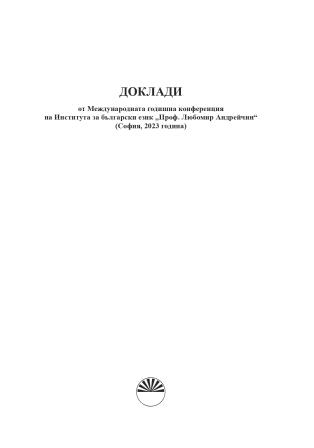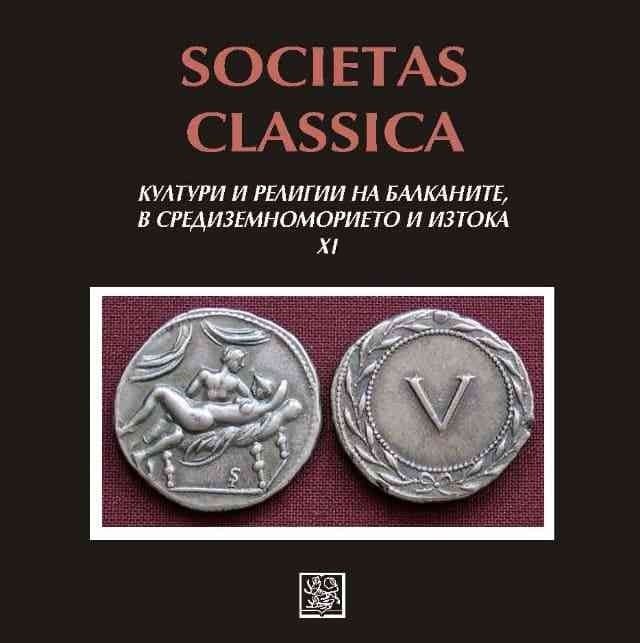Author(s): Tinu Pârvulescu,Sorin Tomuța,Ioana Copil-Popovici,Daciana Branea,Marius Lăzurcă,Dana Chetrinescu,Corneliu Radu Păiușan,Alina Lazoc,Eleonora Pascu,Gabriel Kohn,Cristian Pătrășconiu,Dorian Branea,Valeriu Leu,Florina Jinga,Mihaela Sitariu,Horea Băcanu / Language(s): Romanian
Publication Year: 0
Reviews of:
1. Rudiger Wischenbart, Frica lui Canetti, București, Ed. Univers, 1997, în românește de Ana Stanca Tăbărași.
2. Livius Ciocârlie, Cap și pajură, București, Editura Albatros, 1997.
3. Proza feminină austriacă, Iași, Institutul European, 1998.
4. Esterhăzy Peter, Verbele auxiliare ale inimii. Introducere în beletristică, lași, Institutul European, 1997, traducere și note de Anamaria Pop, postfață de Mircea Nedelciu.
5. Bernard Malamud, Butoiașul vrăjit, în românește de Anton Celaru, București, Editura Hasefer, 1998.
6. Witold Gombrowicz, Jurnal, selecție, traducere și note de Olga Zaicik, prefață de Kazimierz Jurczak, București, Editura Univers, 1998.
7. Ladislav Mnacko, Gustul puterii, traducere, prefață și tabel cronologic de Helliana Ianculescu, București, Editura Minerva, 1997.
8. Slavco Almăjan, Metagalaxia minoritară, Novi Sad, Editura Libertatea, Iugoslavia, 1996; Iași, Editura I.N.S.C.R., 1998.
9. Fulvio Tomizza, Materada, traducere de Doina Condrea Derer, Timișoara, Editura Augusta, 1998.
10. Peter Handke, Scurtă scrisoare pentru o lungă despărțire, traducere și postafață de Mariana Lăzărescu, București, Editura Univers, 1998.
11. Methodologische und literarhistorische Studieri zur deutschen Literatur Ostmittel - und Sildosteuropas. Internationales Symposion, Innsbruck 18-19.10.1991 Sudostdeutsches Kulturwerk, Miinchen, 1994.
12. Guy Hermet, Istoria națiunilor și naționalismului în Europa, traducere de Silvia Dram, prefață de Al. Zub, Iași, Institutul European, 1997.
13. Raoul Girardet, Mituri și mitologii politice, Iași, Editura Institutului European, 1997.
14. Allan Janik, Stephen Toulmin, Viena lui Wittgenstein, București, Editura Humanitas, 1998, traducere și note de Mircea Flonta.
15. Aurel C. Popovici, Naționalism sau Democrație, o critică a civilizațiunii moderne, studiu introductiv, îngrijire de ediție, note de Constantin Schifirneț, București, Editura Albatros, 1997.
16. Aurel C. Popovici, Stat și Națiune, Statele-Unite ale Austriei Mari, Studii politice în vederea rezolvării problemei naționale și a crizelor constituționale din Austro-Ungaria, traducere din limba germană de Petre Pandrea, studiu introductiv, note și îngrijire de ediție Constantin Schifirneț, București, Editura Albatros, 1997.
17. Doru Radosav, Sentimentul religios la români, Cluj-Napoca, Editura Dacia, 1997.
More...
